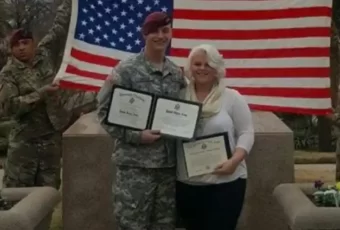Wasn’t Supposed To Happen
There was much confusion when Zelko realized there was a missile lock on his aircraft. The plane’s angular shape and built-in features were specifically designed to deflect radar detection. Somehow, Zelko wasn’t able to go undetected through the Serbian skies that night.
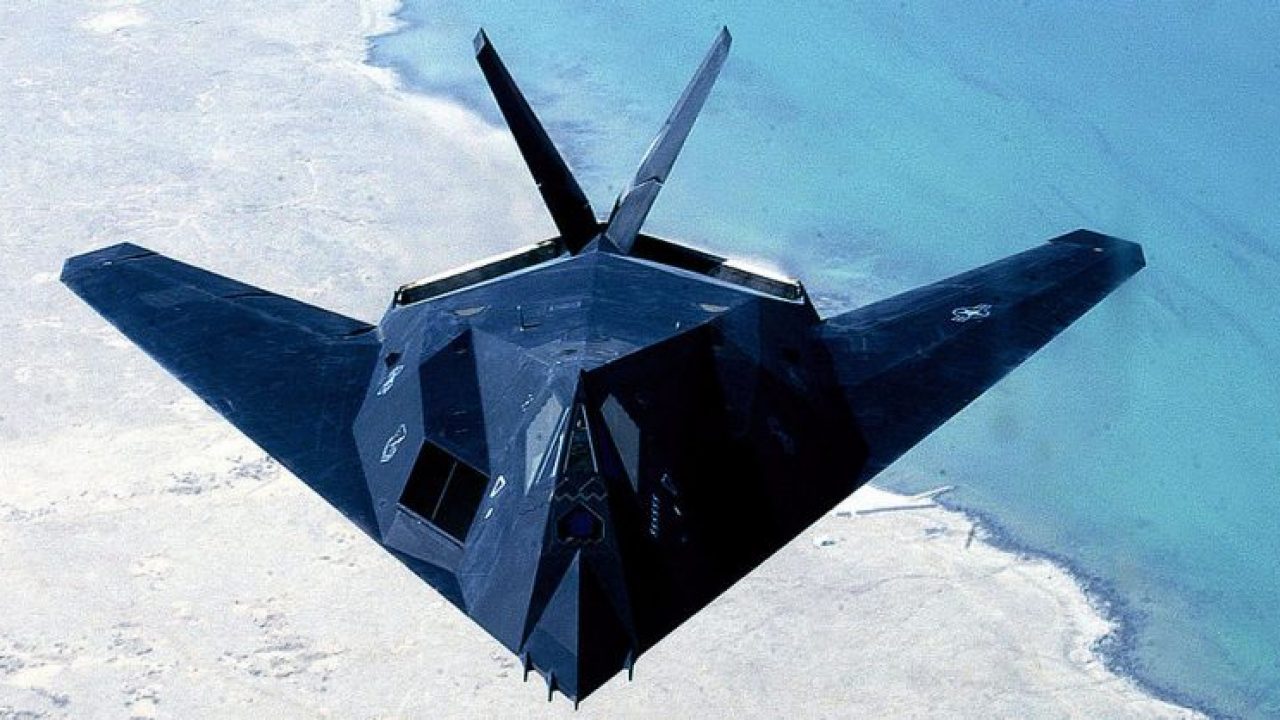
Wasnt Supposed To Happen
How Was He Detected?
Commander Zoltan Dani was the man that came up with an excellent method to gain knowledge of where the F-117s were in the skies. This tactic was something the Americans tried to prevent from happening because it could put a lot of people in danger.
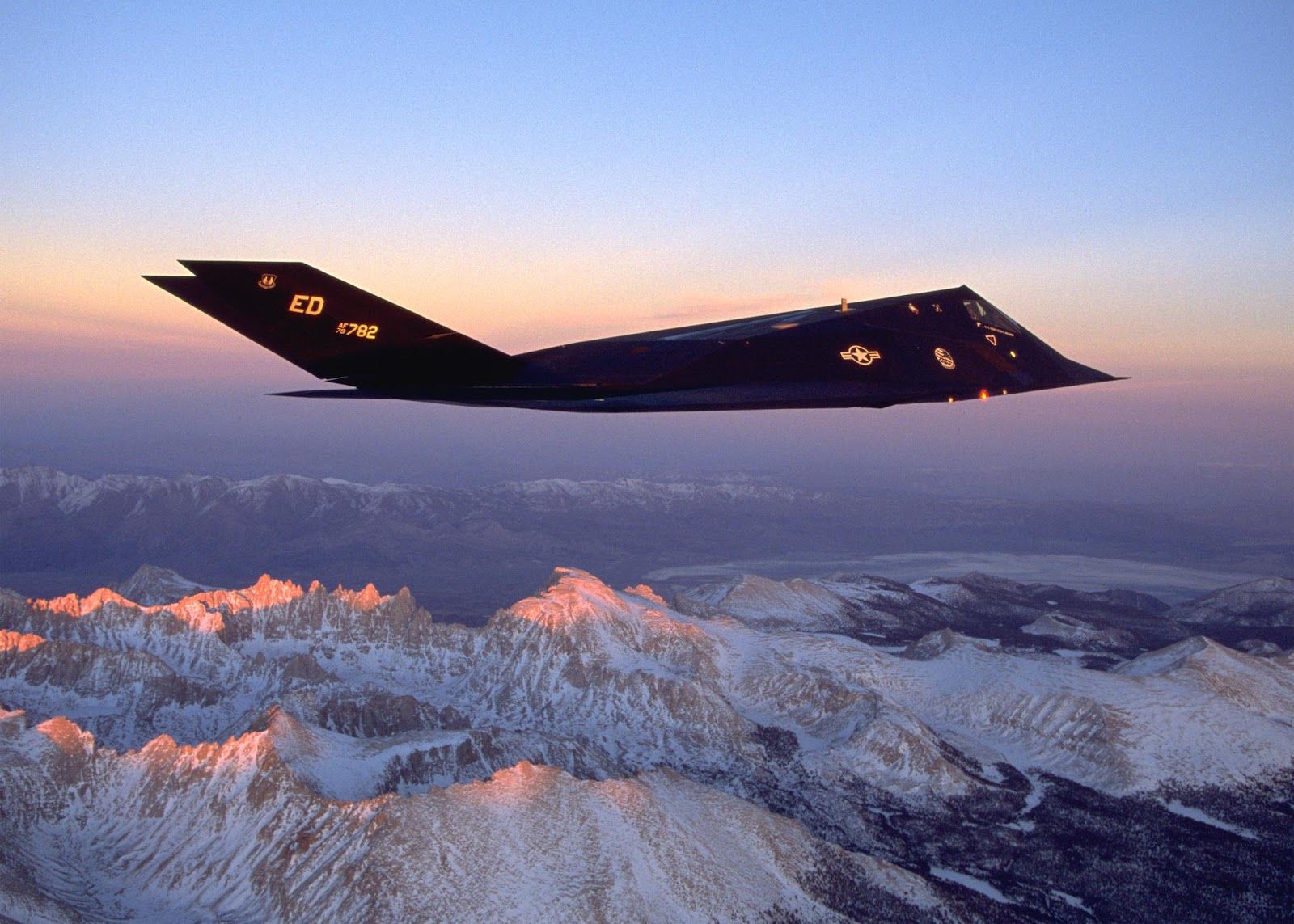
How Was He Detected?
About The F-117
The F-117’s creation is marveled by many. This aircraft is also known as the Nighthawk and first took to the skies with the USAF. The organization wanted to add a stealth aircraft to its hanger. However, this wasn’t an easy task.
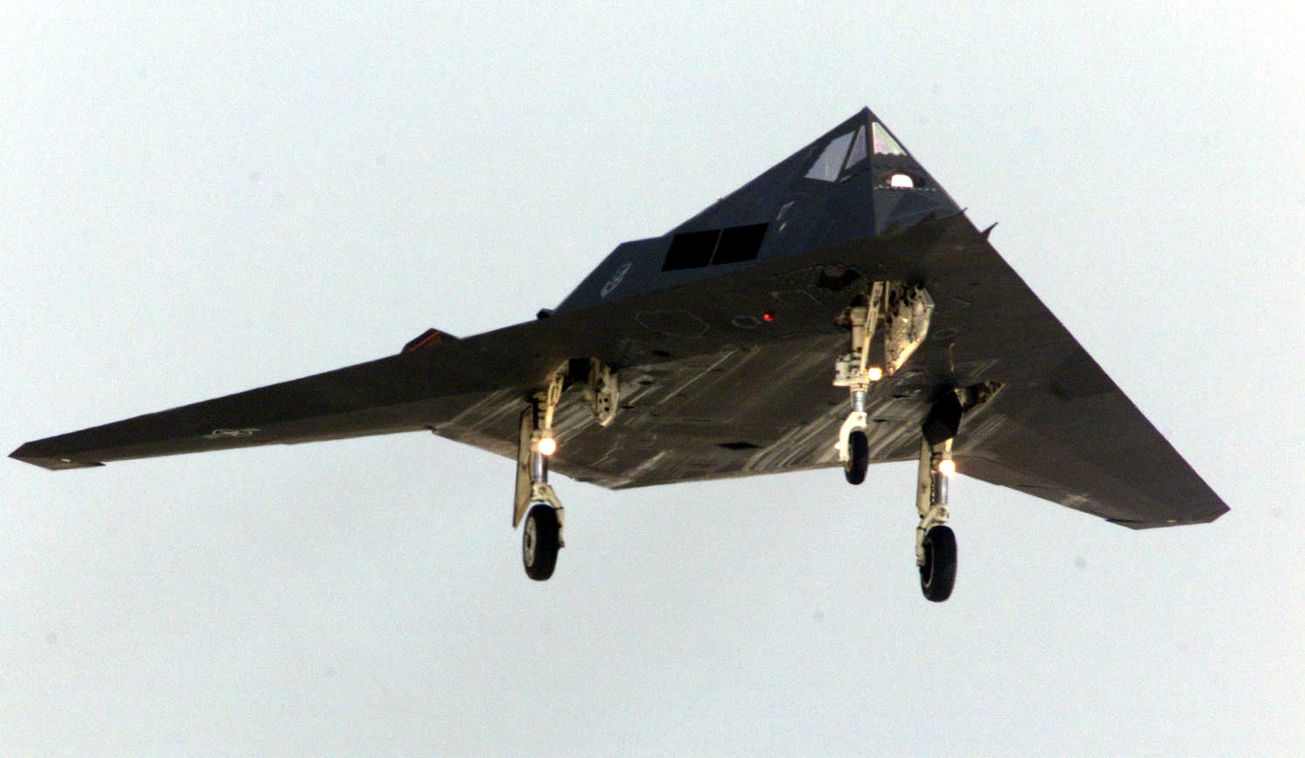
About The F 117
A Revolutionary Idea
At the time, this was seen as a revolutionary idea. Before 1982, the world had seen nothing like the F-117, and it would change the way we see planes. The concept created by the USAF was to establish an aircraft that could fly without being detected.
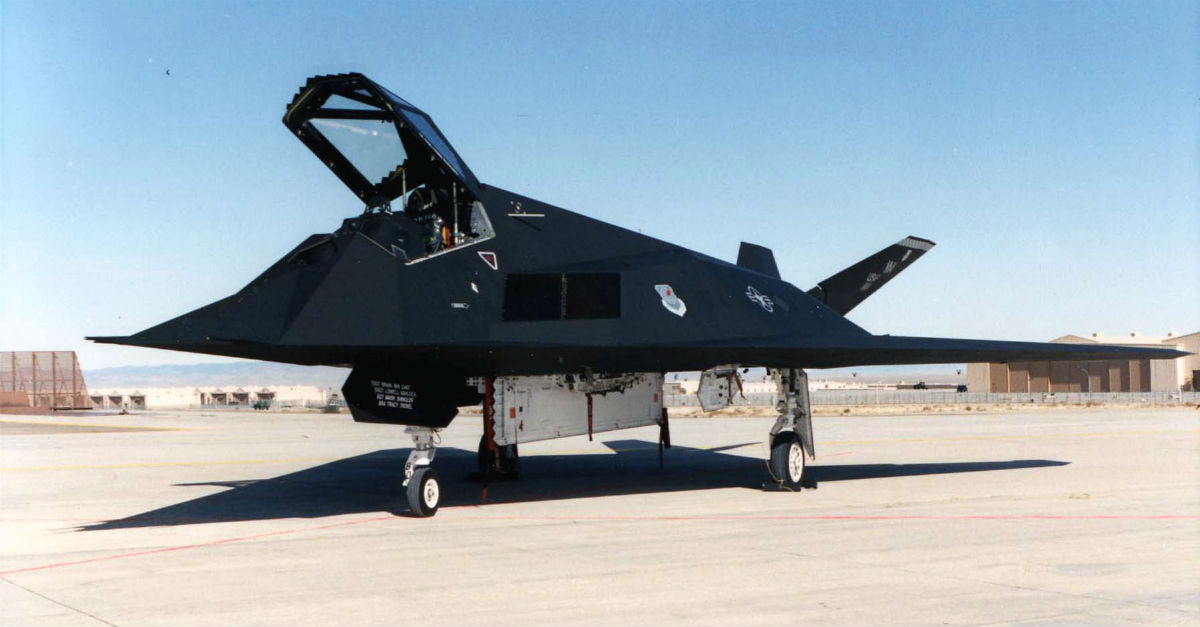
A Revolutionary Idea
Pressure On Lockheed Corporation
The USAF contracted Lockheed Corporation to make the USAF’s idea of the F-117 come alive. It’s unclear when the corporation started its journey of building the F-117. However, the first record of the USAF idea appeared in 1974, and it’s still around today.
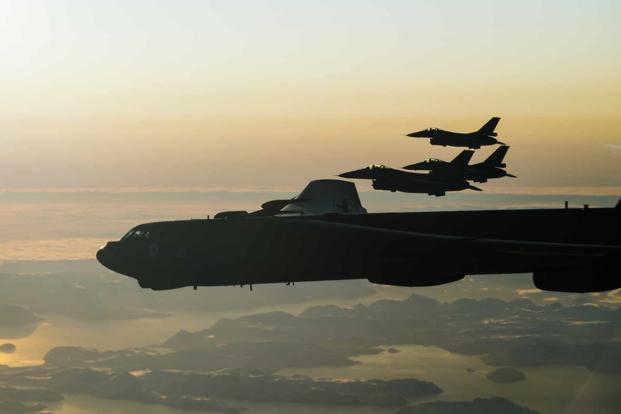
Pressure On Lockheed Corporation
Meeting A Specific Set Of Criteria
An aircraft like this needed to meet a particular set of criteria to avoid being detected by radars. One of these specifications was that engineers had to build an aircraft that produced a minimal amount of light, radio, and infrared energy.
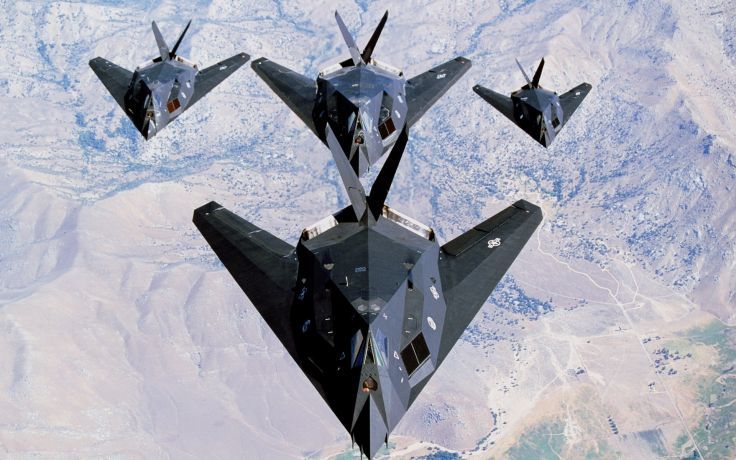
Meeting A Specific Set Of Criteria
The Ones Before
Creating an aircraft with such tight specifications was easier said than done. During the development process, Lockheed saw various prototypes crash. However, the envisioned aircraft was finally built in 1982 after a lot of trial and error in the process.
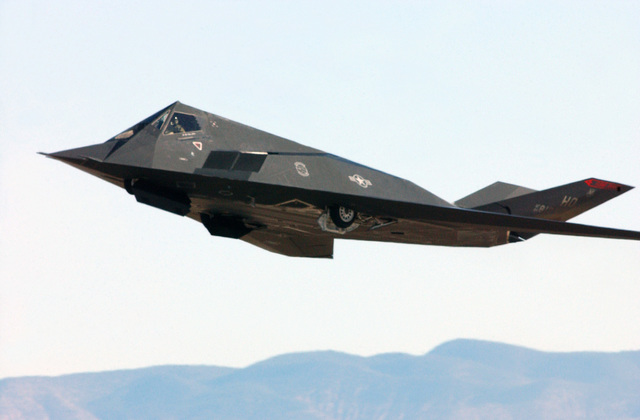
041103 F 5494H 003
More about the F-117
The unique design of the F-117 was completed, with each element specifically incorporated to aid in the plane flying undetected. One feature was the aircraft’s triangular shape and wings, which whipped back at a 67-degree angle. This was a design never seen before.
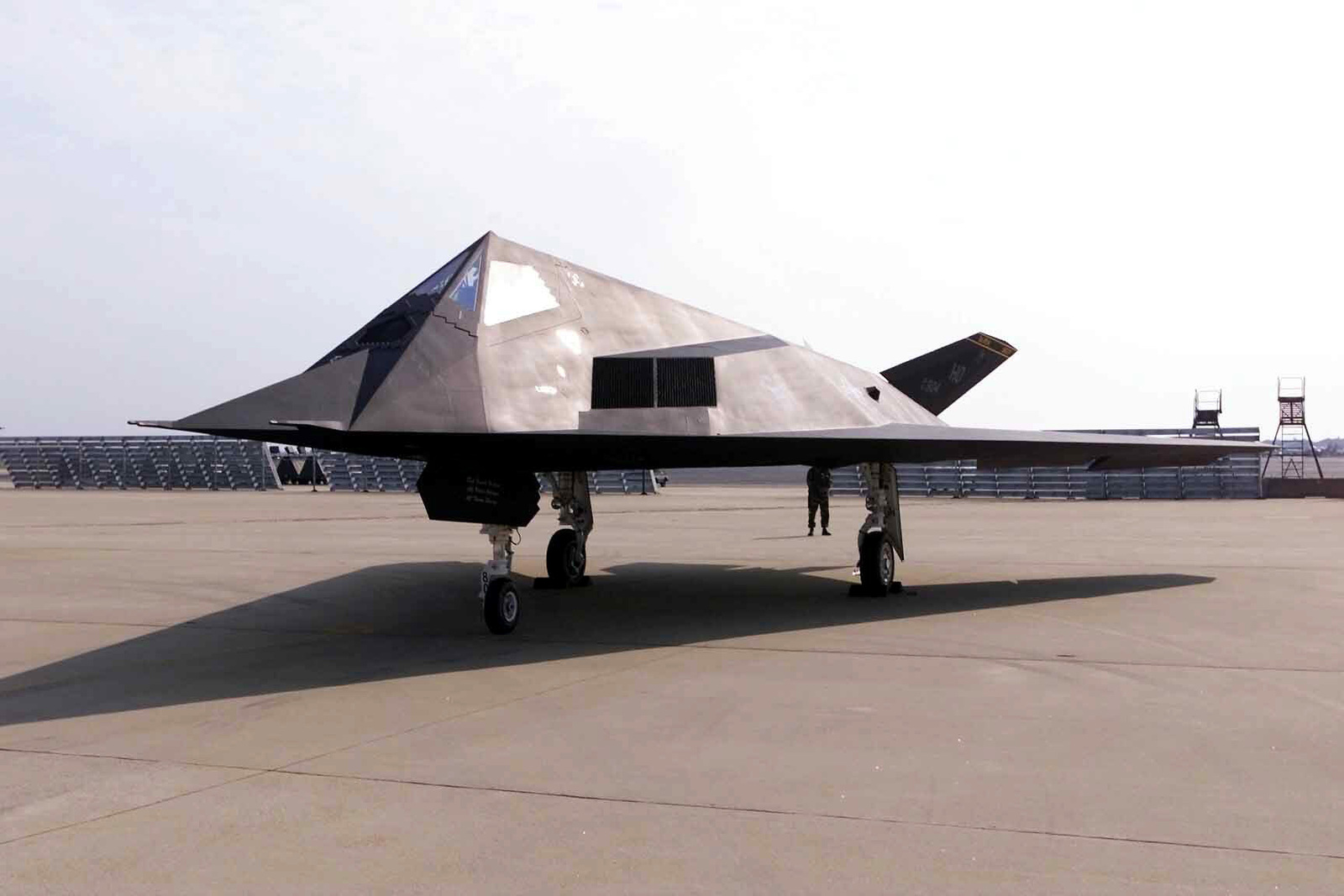
More about the F-117
What Made The F-117 So Special
The flat exterior of the aircraft had the critical role of deflecting radar waves. Another radar deflecting device was the pair of General Electric turbofan engines. These powered the jet without producing afterburners. Everything done was to keep the plane hidden.
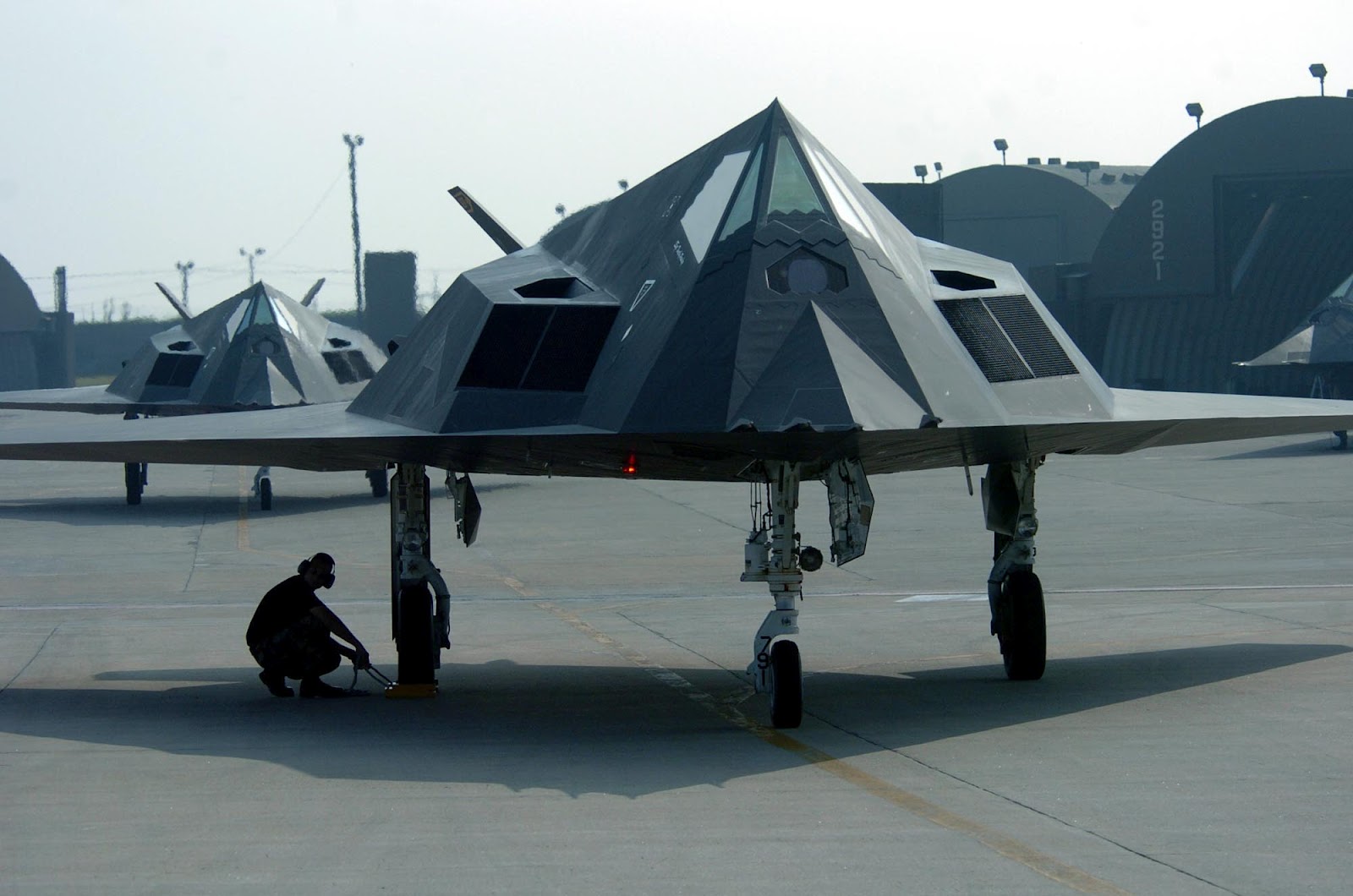
What Made The F 117 So Special Part 3
What Else
The interior of the jet also played a significant role. Pilots had the ability to fly with infrared sensors, satellite-sent radio signals, inertial guidance, and digital maps. The conventional internal radar systems were replaced by these navigational tools, which would make this plane even more special.
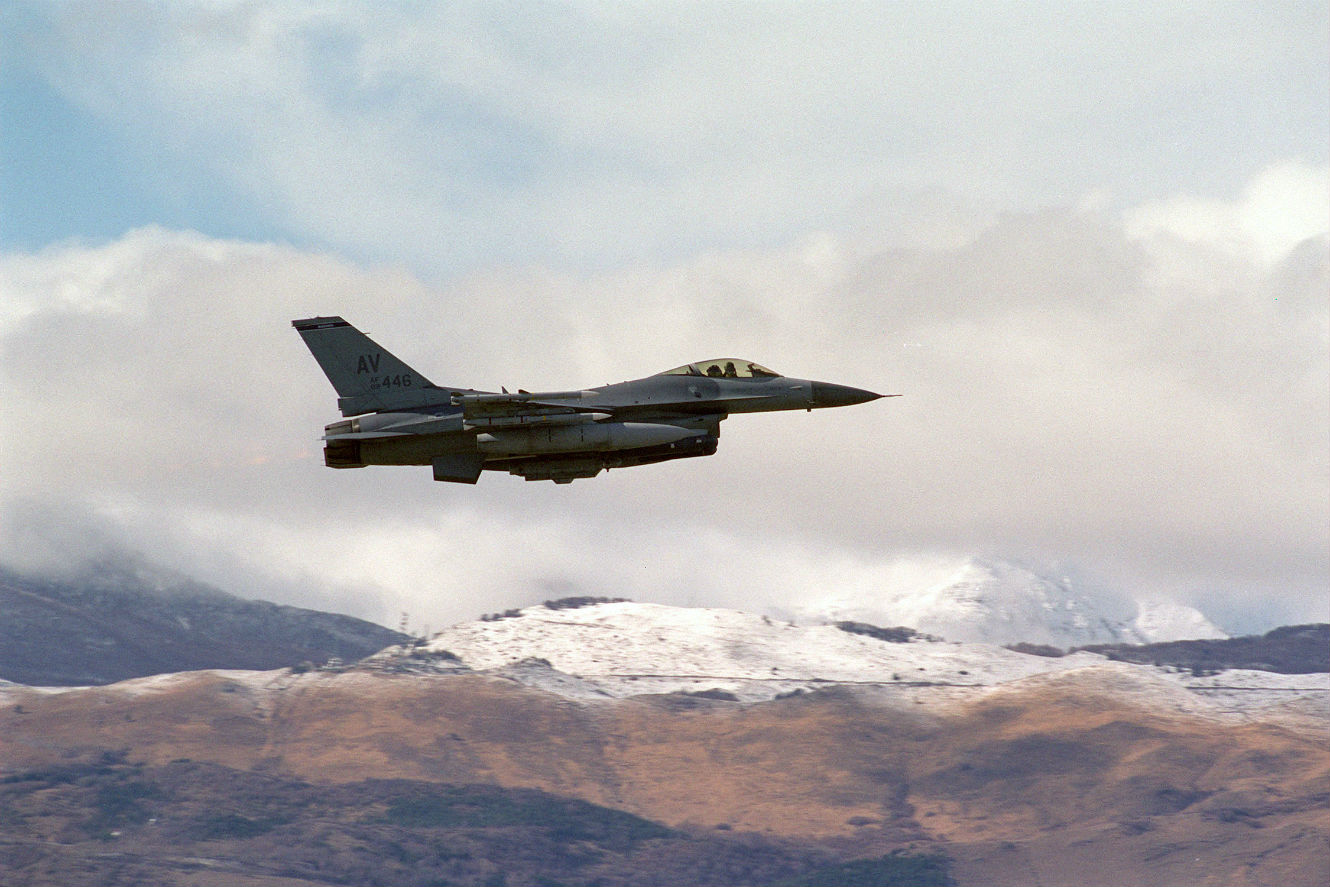
What Else
Special Coating
The lack of conventional navigational tools helped prevent the F-117 from showing up on radars. Moreover, the jet designers brushed a special coating around the exterior of the plane. This coating also prevented detection and made this plane extremely stealthy.

Special Coating
As Close To Invisible As You Can Get
The F-117 didn’t carry any munitions externally like other aircraft. It still was armed with weapons such as infrared- or radar-seeking bombs and missiles that were deployed using laser guidance. It was such an advanced technology it shocked many people.
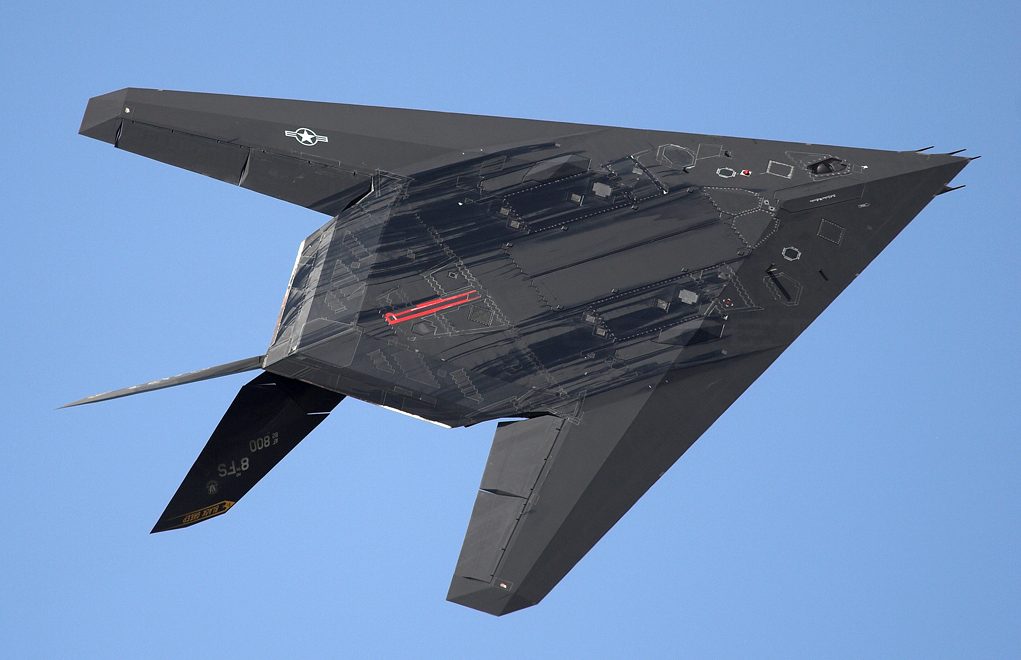
As Close To Invisible As You Can Get
That’s Not All
The jet was an extremely secretive project. That was to be expected since the Advanced Development Projects of Lockheed were responsible for both the F-117 and the ultra-secret spy jet, the SR-71 Blackbird spy plane. The government also wants to keep things like this quiet.
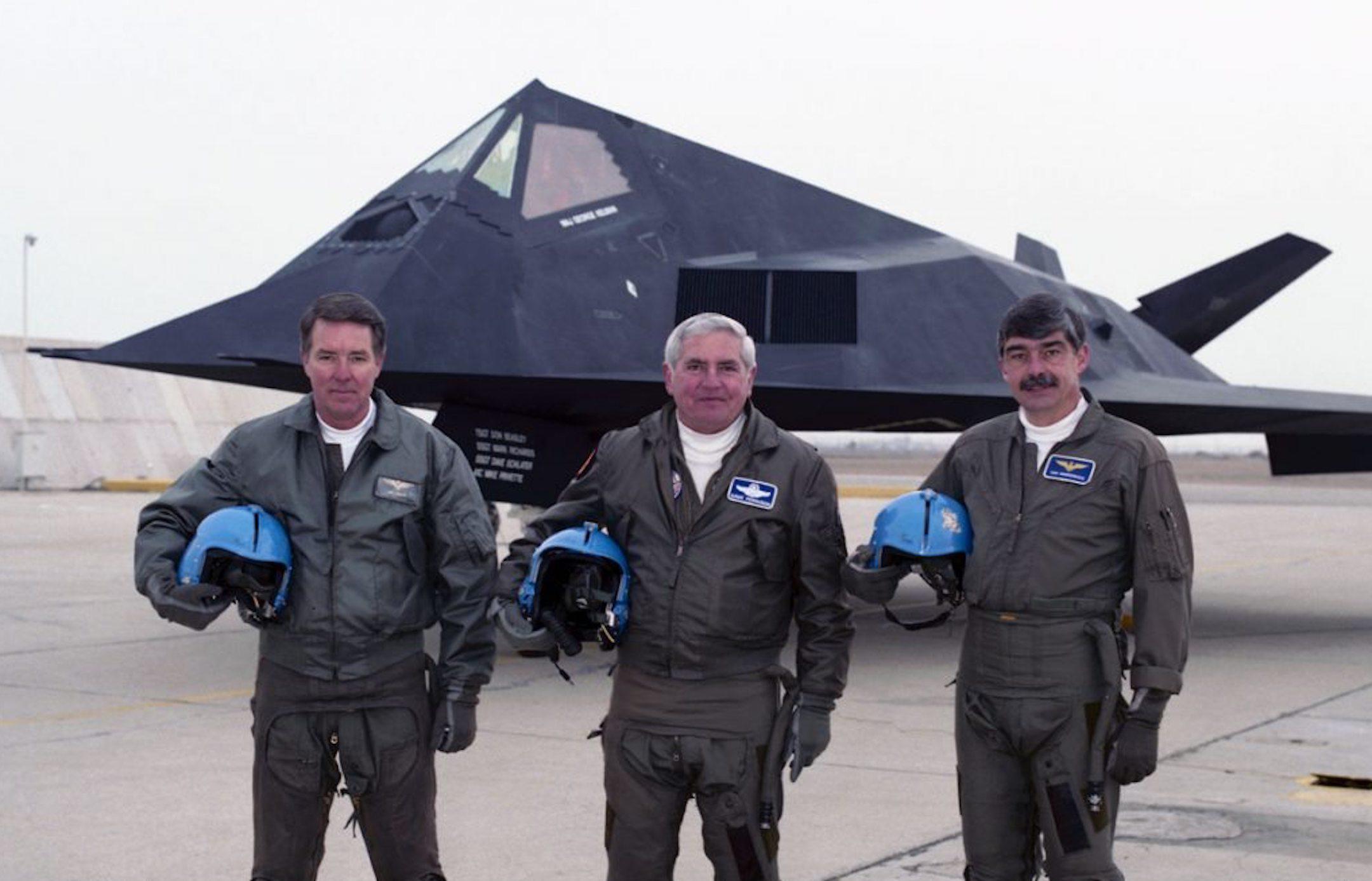
That’s Not All
Failed To Acknowledge
The USAF failed to acknowledge the existence of the F-117 until 1988. This was six years after Lockheed delivered the first completed aircraft. Two years after the acknowledgment, the USAF already had 59 F-117s in its arsenal, and they were ready to roll.
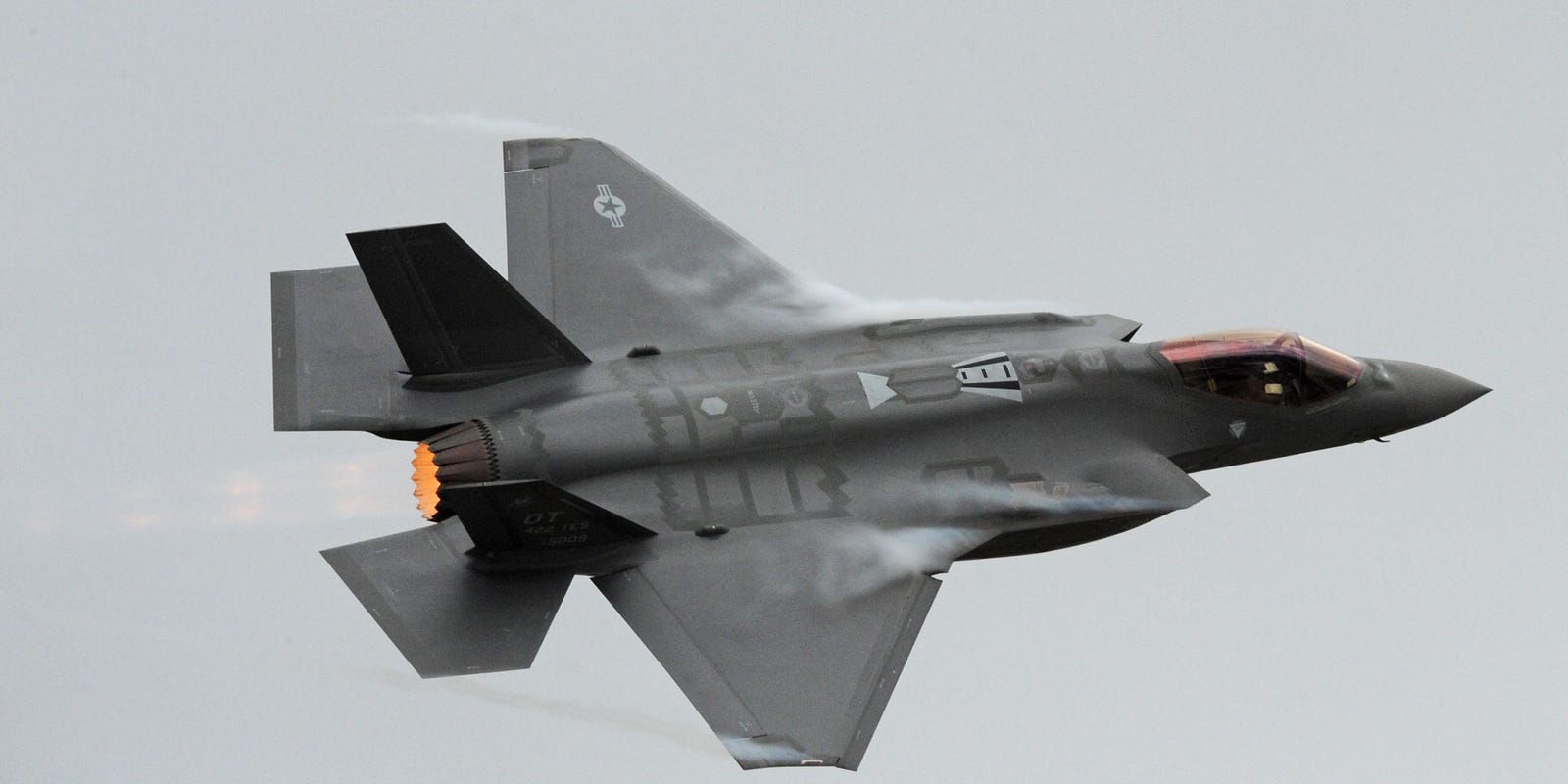
Failed To Acknowledge
The Aircraft Played a Big Role in Military Conflict
The F-117 had the ability to fly at speeds of 684 mph while carrying 5,000 pounds. The aircraft gained the reputation of near-surgical accuracy when striking during the invasion of Panama in the first Gulf War. This was a mind-blowing thing to people into jets.
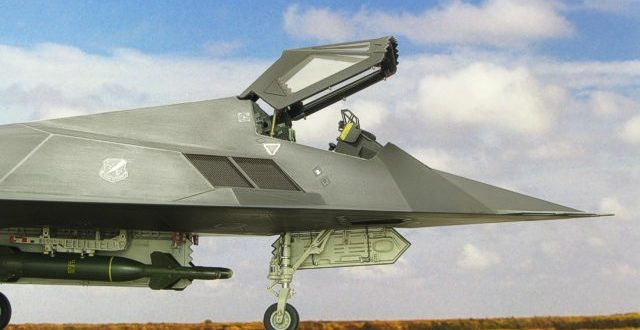
The Aircraft Played A Big Role In Military Conflict
The Retirement of the F-117
Like most technology, the F-117 became redundant and was eventually phased out. By April 22nd, 2008, the F-117 had retired from service in the USAF. However, not all 59 of these aircraft made it back to base when the retirement began.
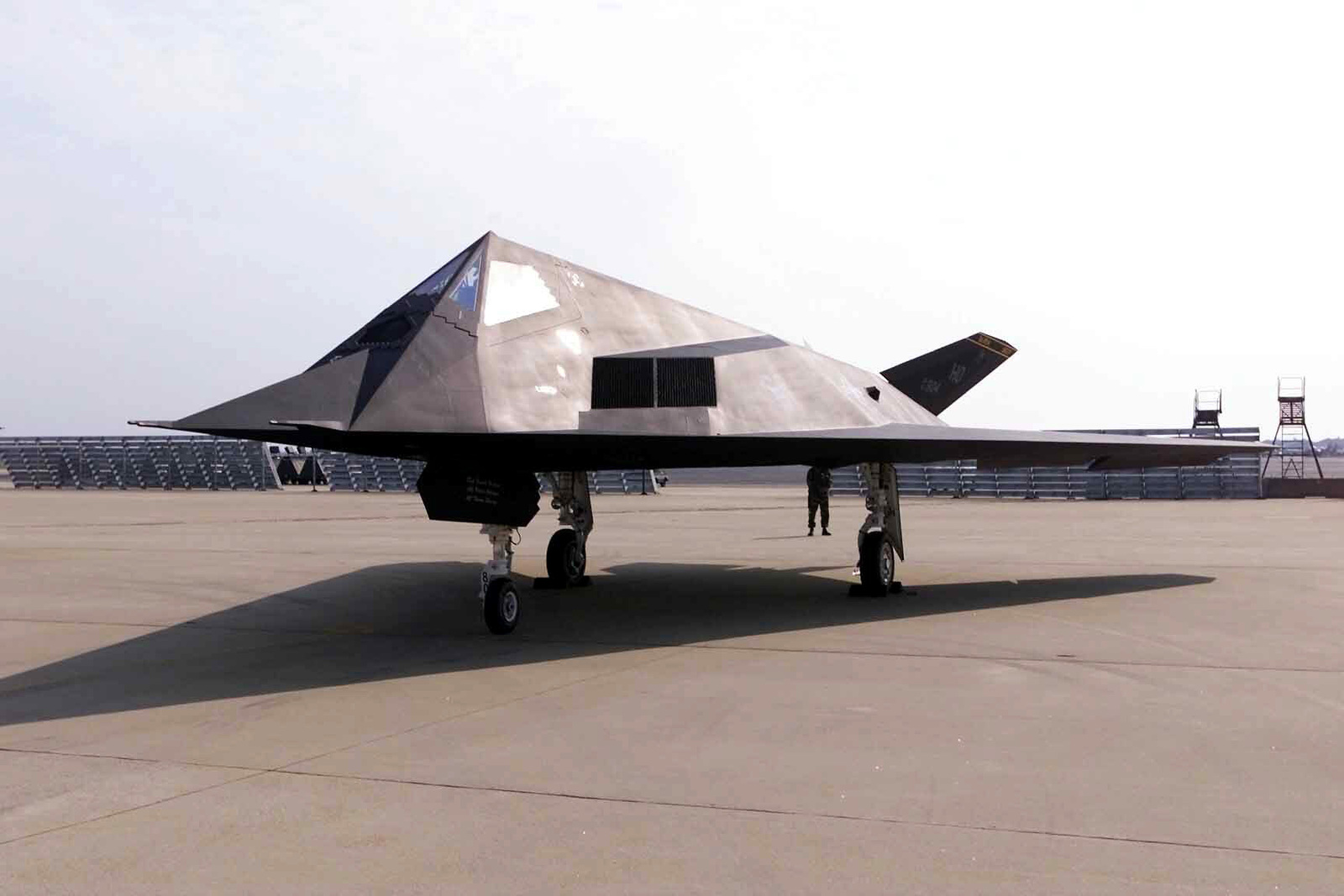
The Retirement of the F-117
Operation Allied Force
The one particular F-117 that was gunned down was part of the American fleet involved in Operation Allied Force. The fleet was forced as part of the 1990 NATO-backed bombing of what was still known as Yugoslavia. It was the only Nighthawk to be lost in battle.
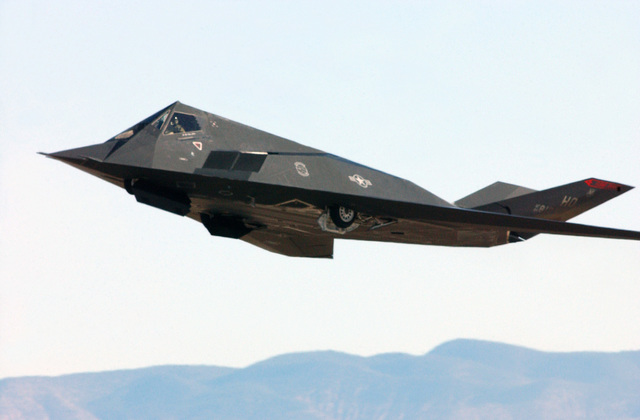
Operation Allied Force
The Conflict
The conflict began in the autonomous region called Kosovo, where the majority of the population was Albanian-speaking Muslims. The reason for this conflict was that ethnic Serbians felt marginalized. If you look at history, many conflicts like this start for the same reasons.
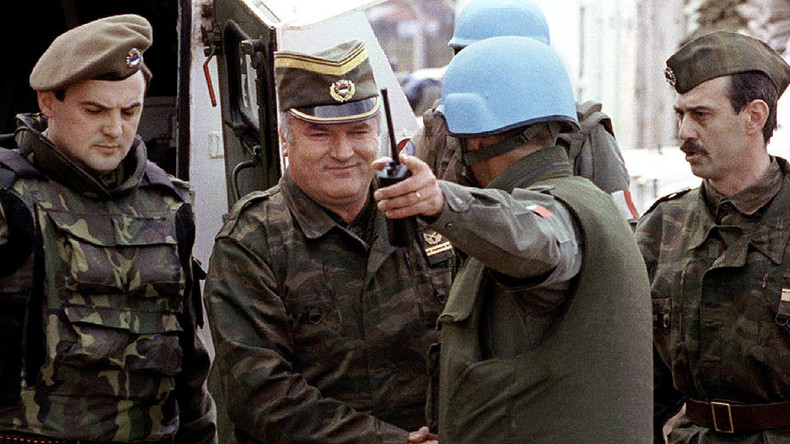
The Conflict
Slobodan Milošević
The Serbian socialist, Slobodan Milošević, caused more tension when he entered the political sphere in the 1980s. He promised no more oppression from the Albanian police in 1987, and later took over Kosovo and removed the Albanian officers from duty.
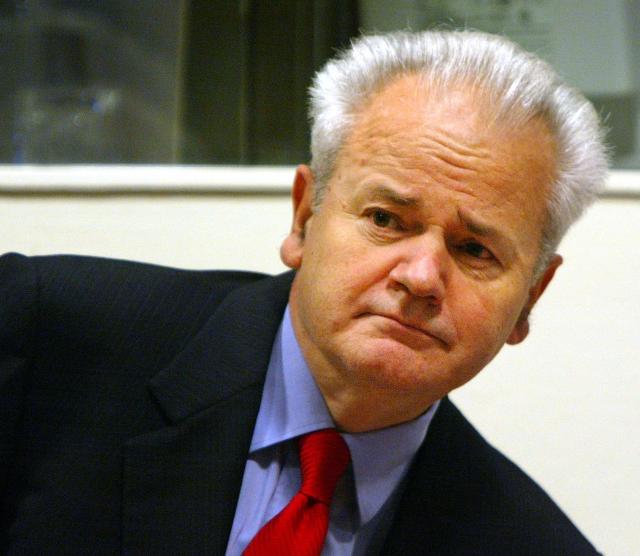
Slobodan Milosevic
It Gets Worse
It didn’t stop there. Slobodan Milošević’s presidency led to the removal of newspapers, television programs, and radio stations that were presented in the Albanian language. Job loss among Albanians in the public sector also became common, and many lives were totally devastated.
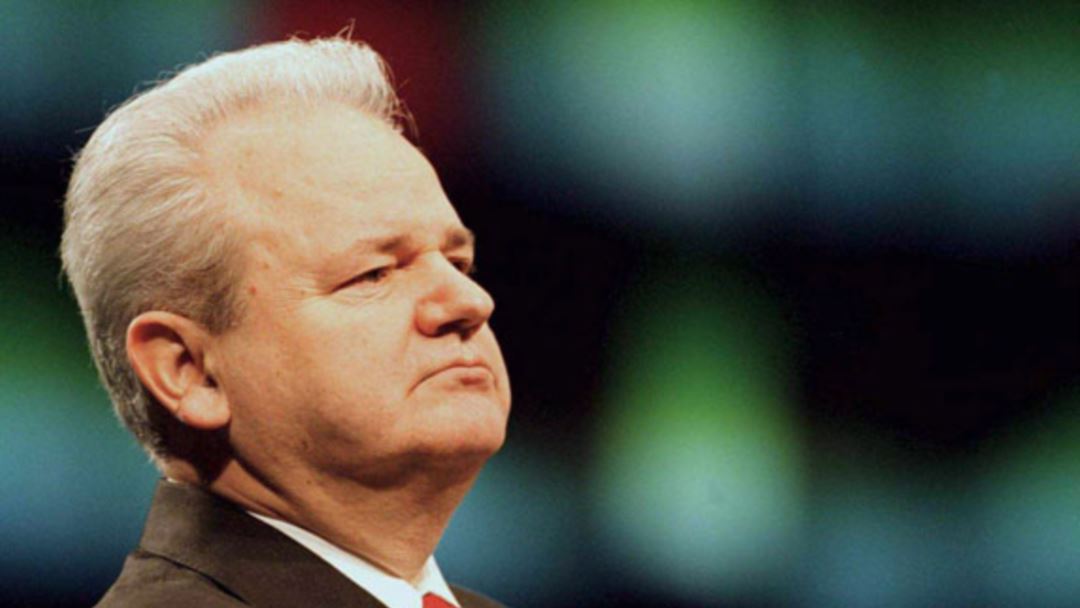
It Gets Worse
Kosovo Liberation Army
The government’s actions led to the ethnic Albanian population banning together in 1991, called the Kosovo Liberation Army. By the summer of 1998, the group started to take deadly action. This group was responsible for the assassination of many Serbian police officers and civilians.
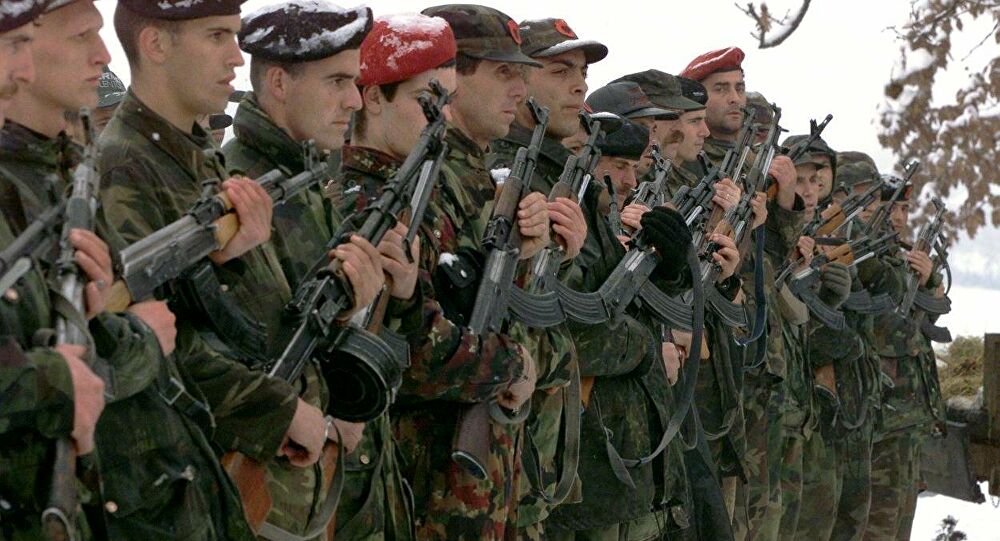
Kosovo Liberation Army
Things Got Worse
The KLA took down four more Serbs in January of 1999. This caused a quick reaction from the government, who killed 45 ethnic Albanians after encircling the village. One of the casualties was a child, and this was simply tragic.
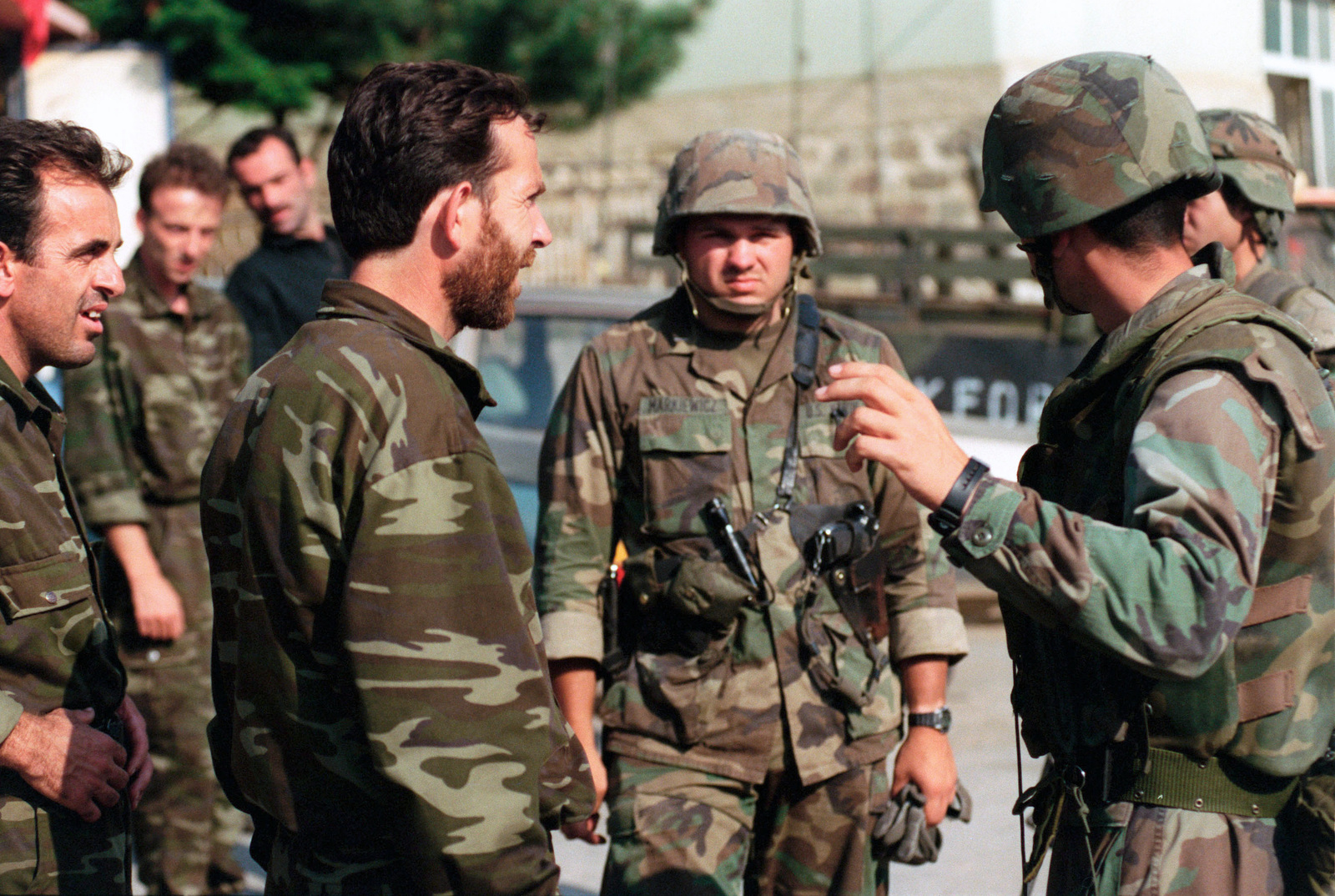
Things Got Worse
What Caused NATO’S Operation Allied Force?
The Yugoslav leader refused the deal made by NATO, which led to the preparation of Operation Allied Force. The planes for this operation took off on March 24th, 1999, with the purpose of shooting down Serbian strongholds. It was time to stop this.
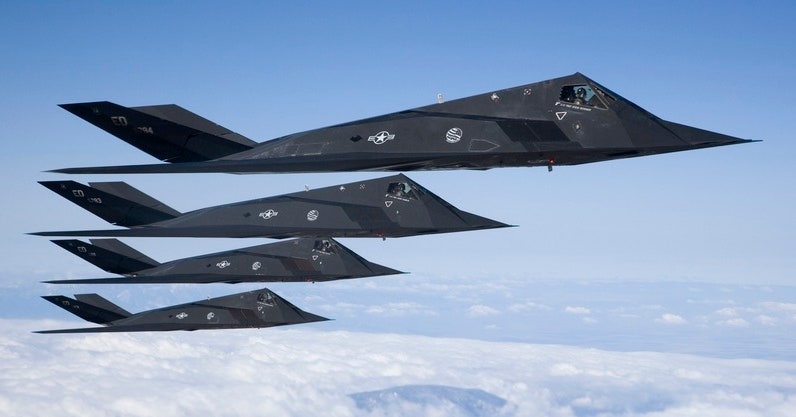
What Caused NATO’S Operation Allied Force?
Dale Zelko’s Take Off
March 27th, 1999 was the date for Dale Zelko to take off in the F-117 as part of the air raids. For some peculiar reason, the pilot had a bad feeling. Adding to this feeling, the weather conditions prevented him from taking off with its regular escorts.
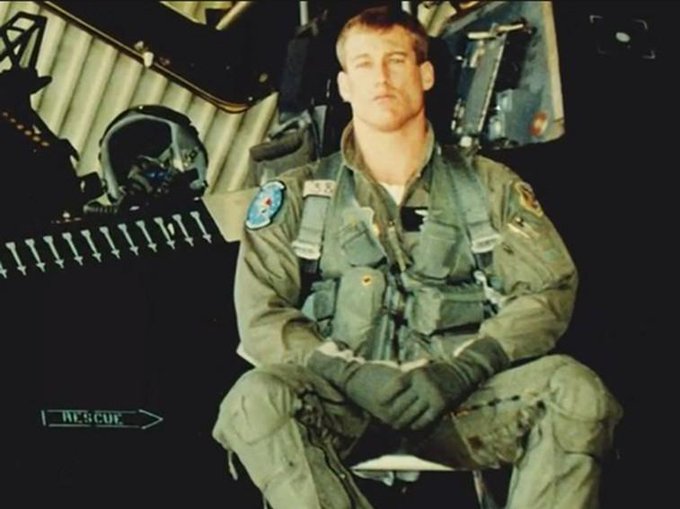
Dale Zelko’s Take Off
Not Following Procedure
The F-117 usually flew with two other types of aircraft. One of these was the F-16. Why other planes? The reason was to protect the F-117 jet. However, none of these two types of planes could take off with Zelko.
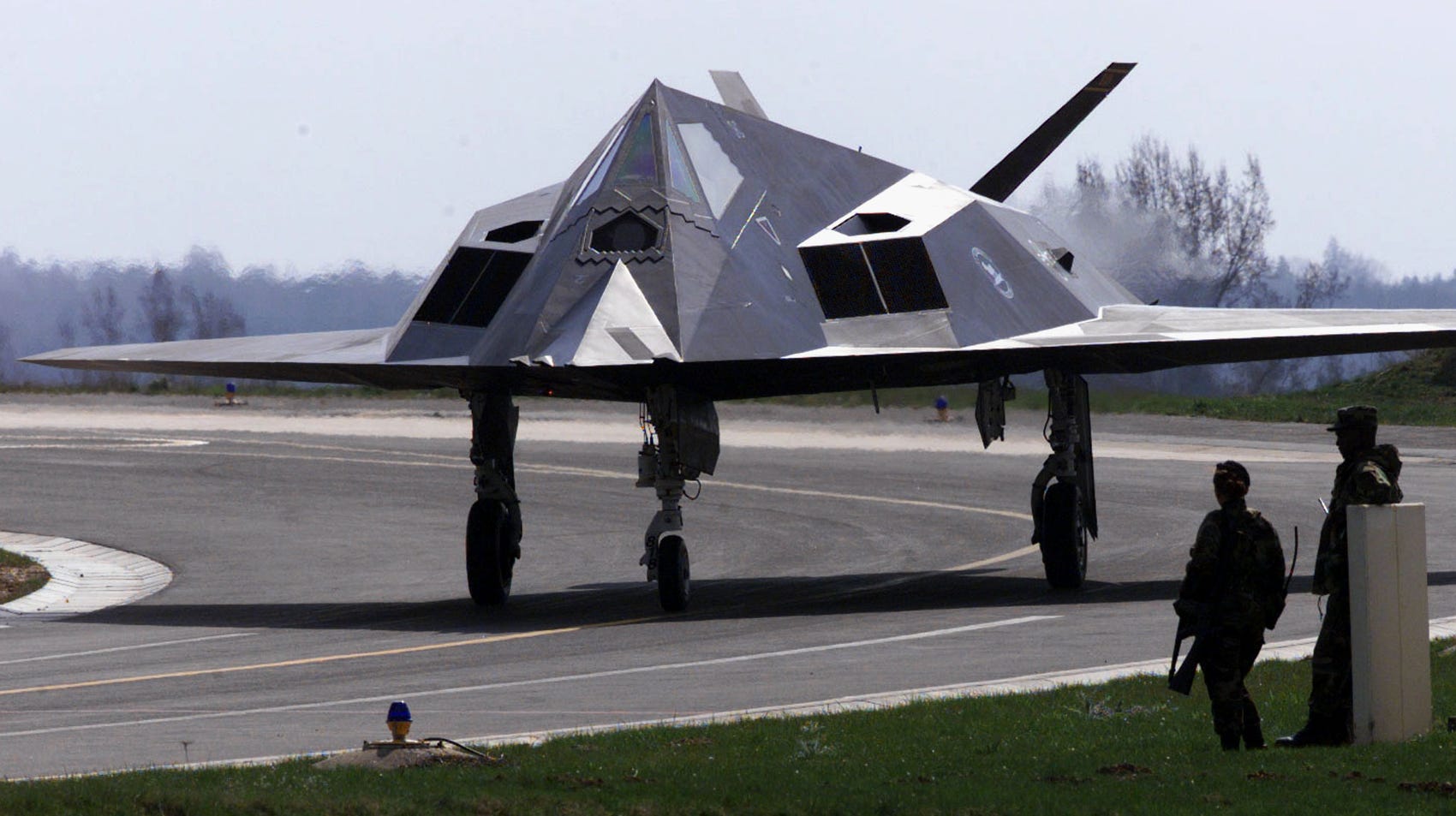
Not Following Procedure
He Felt So Strongly
Dale Zelko later sat down with BBC in 2012 to discuss the events. He stated that he had never felt so strongly about something before. Zelko knew that the F-117 shouldn’t have taken off that day. Yet, he didn’t even know about the ingenious idea formed by Zoltan Dani.
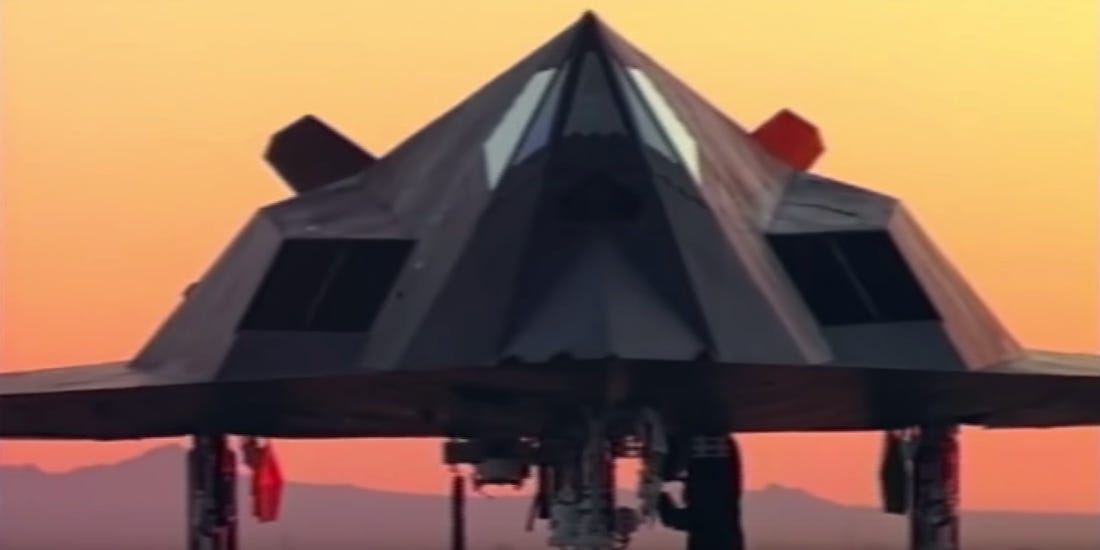
He Felt So Strongly
Dani as Military Commander
The role of Dani as the military commander wasn’t an easy one. Although his soldiers were well equipped with morale and skills, they lacked the resources that NATO had. This left them at a significant disadvantage, a place no one wants to be.
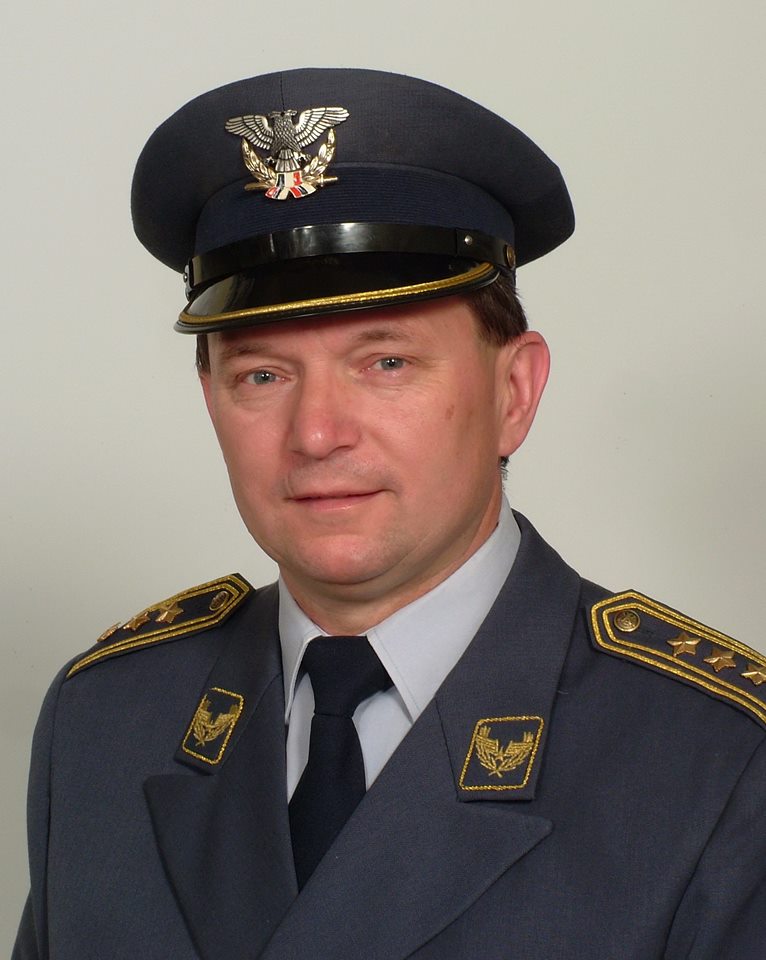
Dani As Military Commander
Dani’s Plan
Dani and his men found a way to avoid the F-16s. The men were required to move around continually and only fired their weapon systems for an average of 20 seconds at a time. The tactic successfully eluded energy detection.
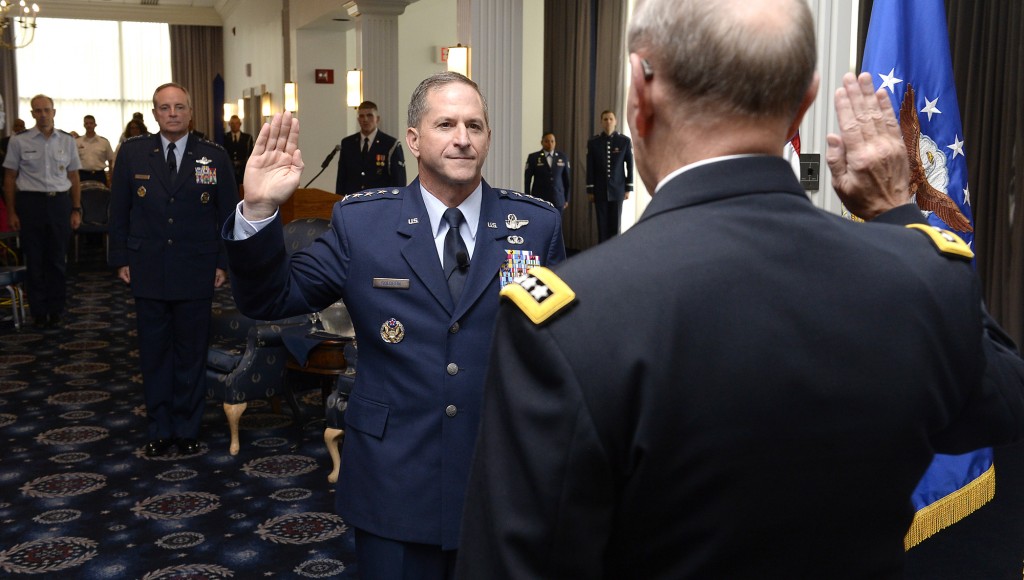
Dani’s Plan
Dani’s Inspiration
Dani later revealed that he was inspired by Serbian inventor Nikola Tesla, which helped him reconfigure his troops’ equipment. The commander’s strategy involved the use of a low bandwidth radar to aid the activation of higher bandwidth. This would occur just when the F-117 would be visible.
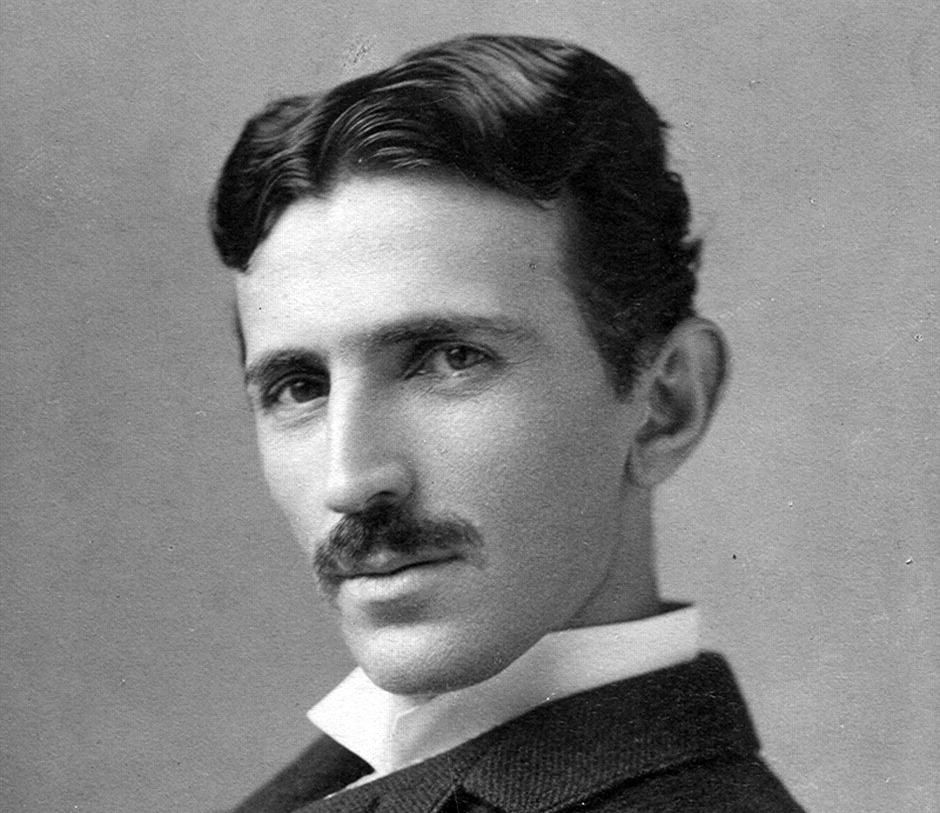
Dani’s Inspiration
It Felt Good
Dani put his idea to the test on March 27th. Two missiles were fired after the F-117 was detected by the squad. Only one missed, and Dani said that it felt extremely good when the second missile took the F-117 down.
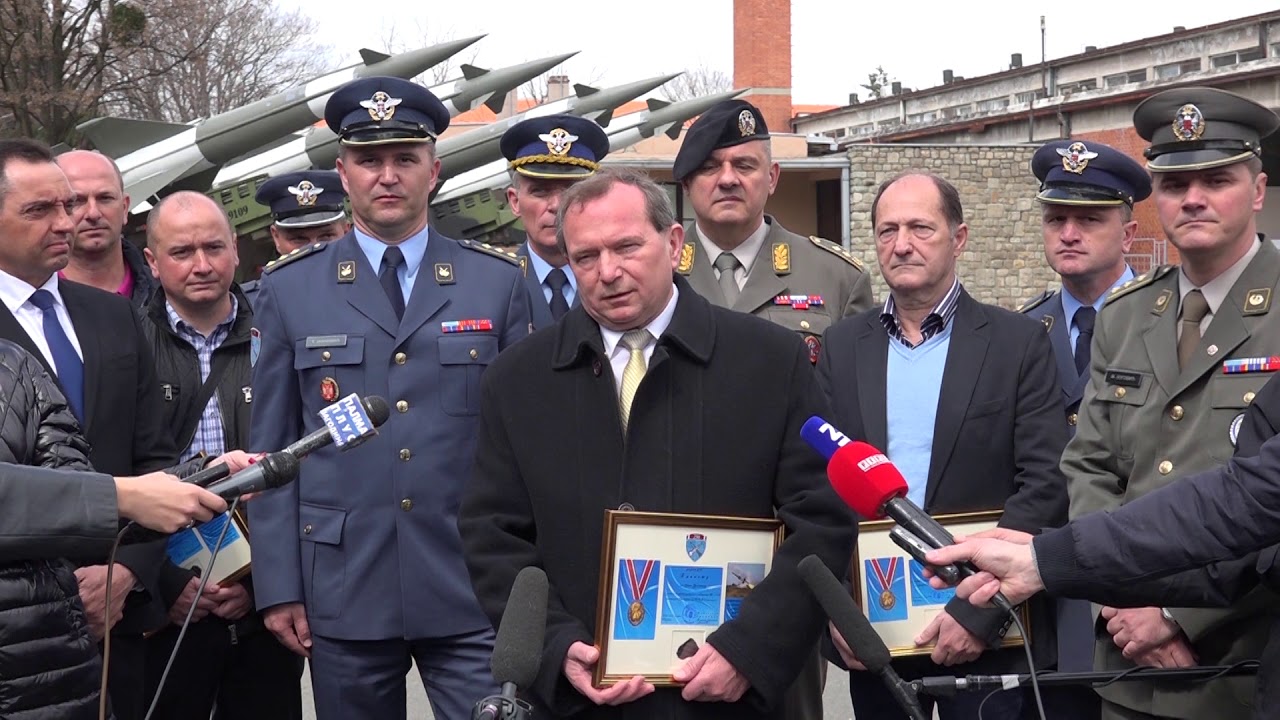
It Felt Good
Dropping Out Of the Sky
Zelko was safely ejected from the aircraft. However, the aircraft went hurling to the ground, yet it was remarkably intact once it hit the ground as Zelko made his way to the Yugoslavian soil – on enemy territory. This had to be terrifying.
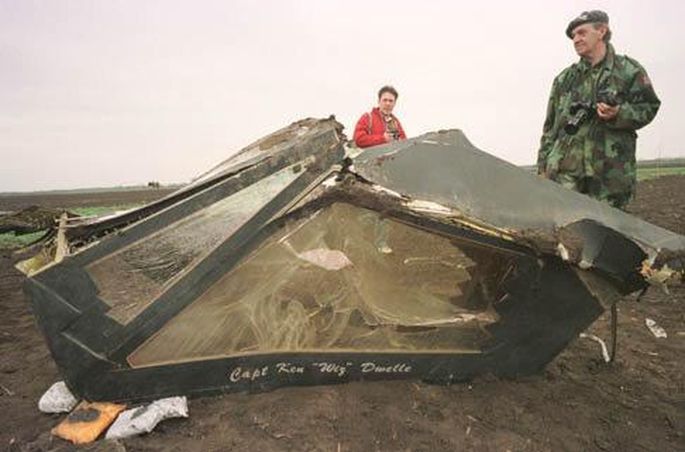
Dropping Out Of The Sky
Breaking Protocol
Zelko broke protocol when he radioed his comrades to let them know where he had landed. He thought that his descent from the F-117 would give the enemy difficulty finding him. However, the Serbians went on a manhunt. They were looking for him.
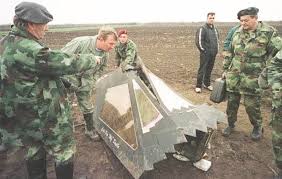
Breaking Protocol
Time to Hide
Zelko landed in a town called Ruma. He quickly began planning his next step. The pilot dug a hole and buried his parachute. After that, he covered his tracks as he tried to find a good place to hide. If he was found, he could be killed.
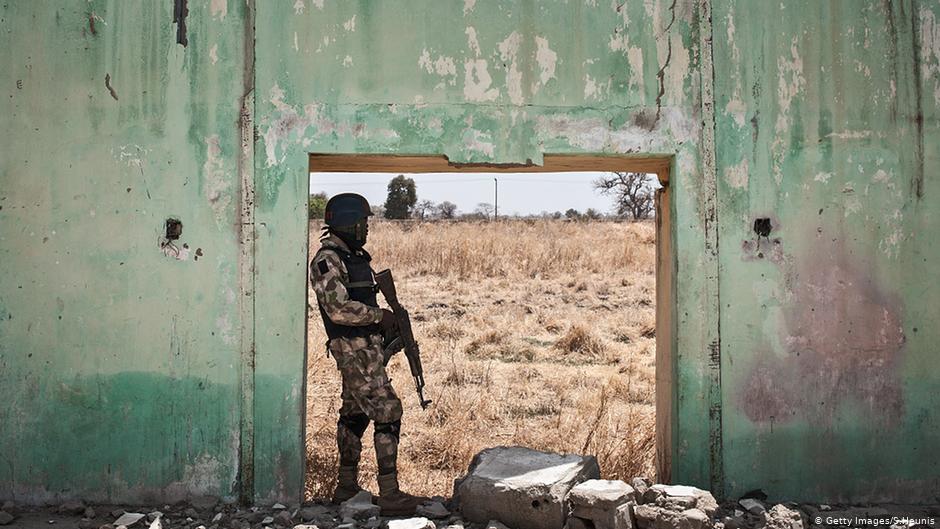
Time To Hide
Survival Mode
The pilot was left to hide in a drainage ditch that was overgrown with heavy foliage. Before entering his hiding place, he rubbed his exposed skin with mud to try to make him less visible. His scent was also covered if sniffer dogs came searching.
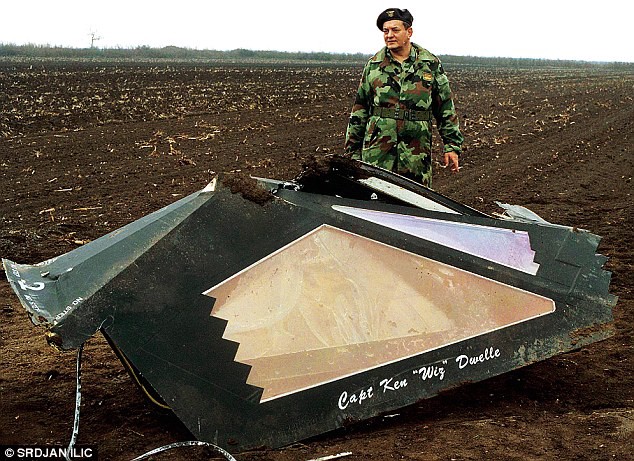
Survival Mode
The Waiting Game
The NATO pilot was left to sit and wait. While doing so, he could hear the battle erupting. Even as bombs shook the earth, he knew he needed to stay put. Finally, his patience paid off, and a helicopter came to his rescue after eight hours of waiting.
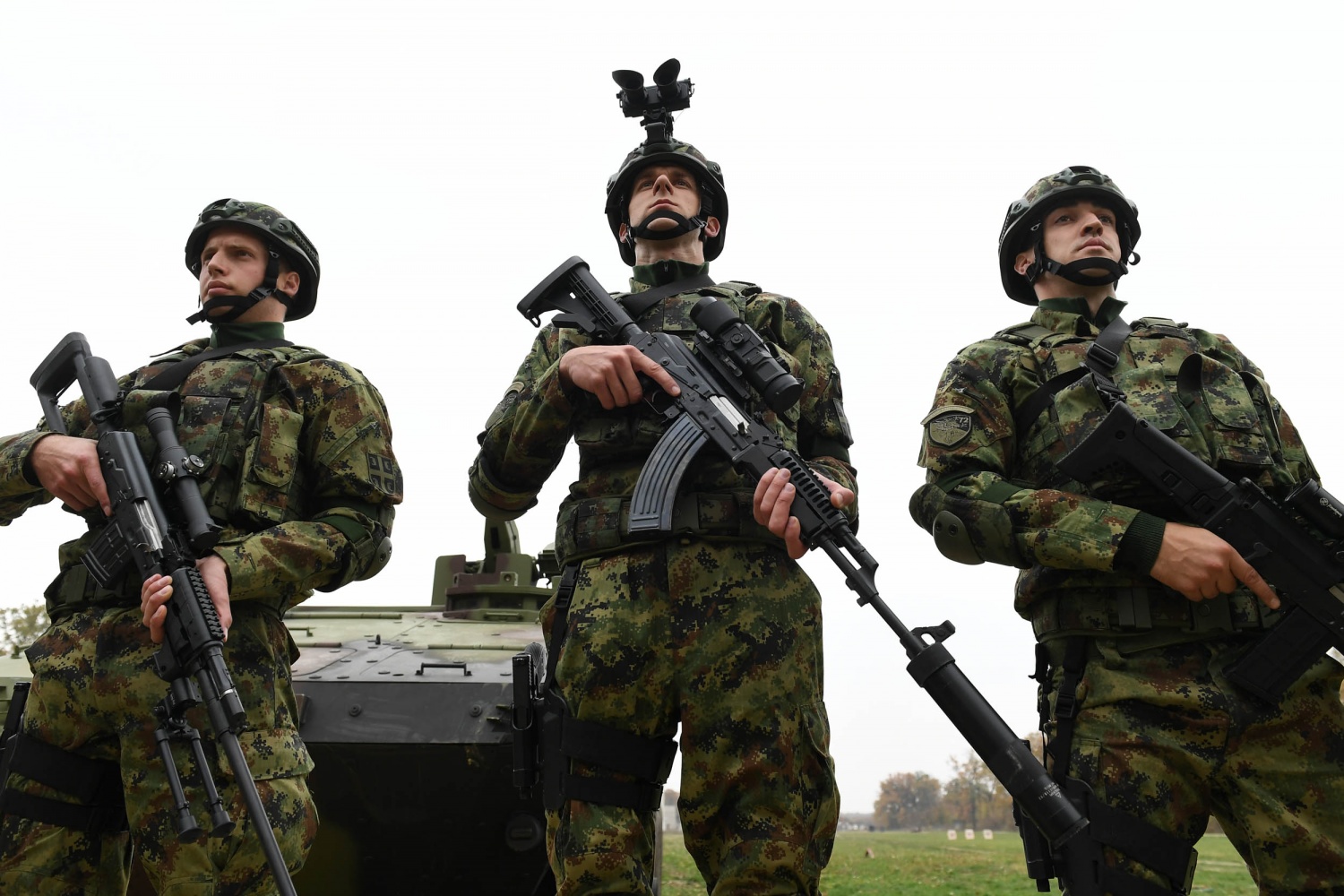
The Waiting Game
It Doesn’t End
A man named Atila reached out to Zelko when he saw the documentary called The 21st Second. Atila turned out to be Dani’s son, and he wished to reconnect the commander with the man he shot down. What a small world!

It Doesn’t End
A Strange Meeting
Strange enough, Zelko was more than happy to accept the invitation. He later told the BBC that he became obsessed with the idea. He felt deeply and personally connected with Dani and the Serbian people, and he definitely knew this is what he wanted to do.
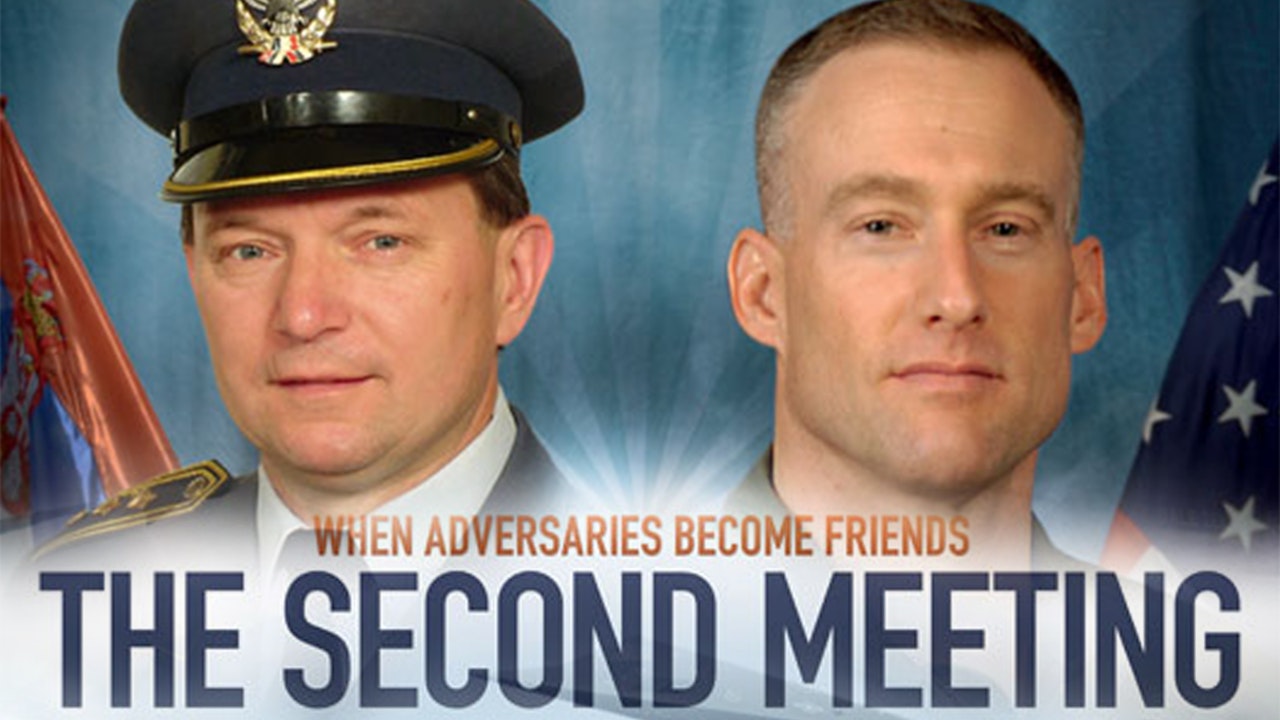
A Strange Meeting
The Second Meeting
A second documentary was made in honor of the two men meeting. It showed how the two men, along with their families, became genuine friends and bonded. This was the message the filmmaker wished to send out to the people who watched the film.

The Second Meeting
Peace
Since the Operation Allied Force, peace has come to the Balkans. Milošević was indicted for war crimes in 2000 and ultimately fell from power. Yugoslavia is now split into a variety of different countries called Montenegro, Slovenia, Bosnia and Herzegovina, Croatia, Serbia, and Macedonia. Thousands of NATO soldiers reinforce the peace of these countries, and the decision is recognized by 110 countries.
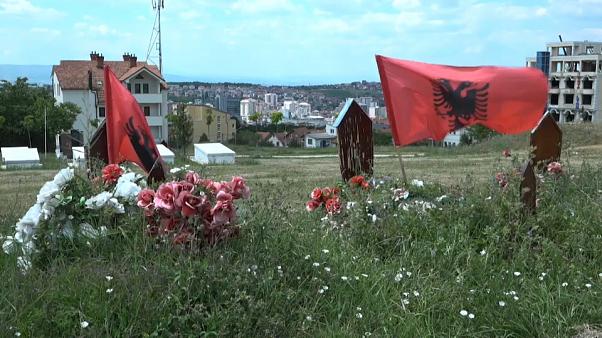
Peace




